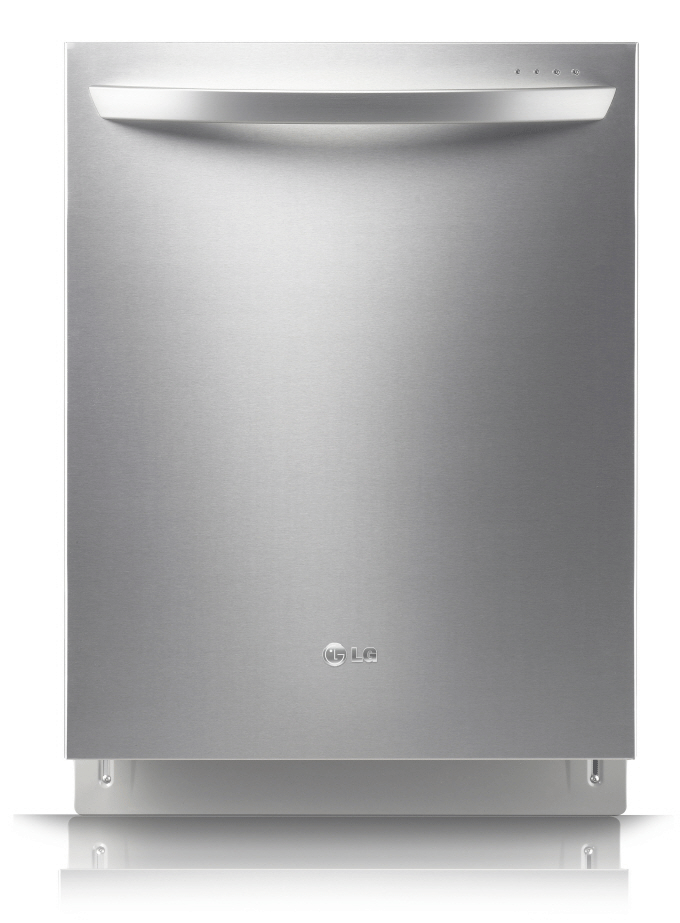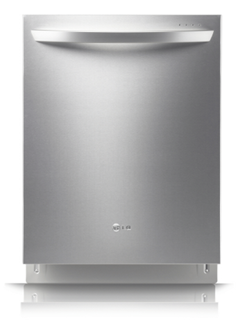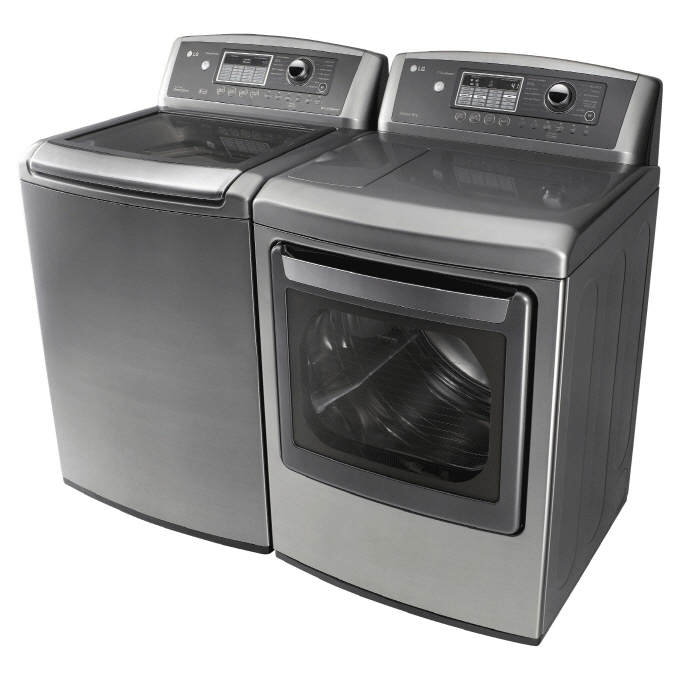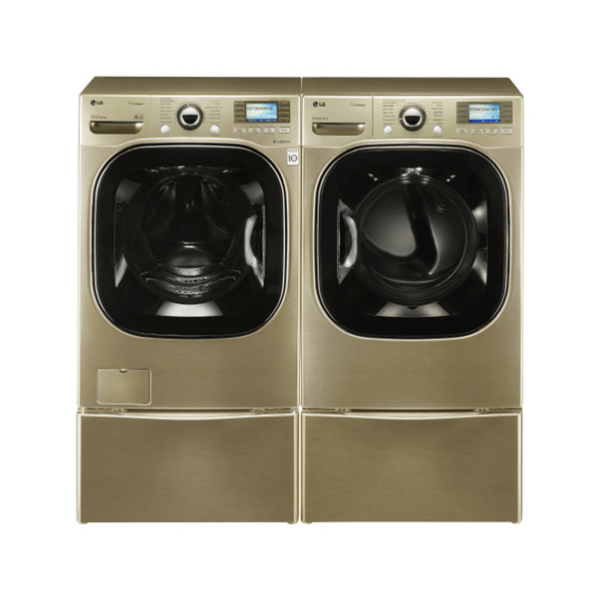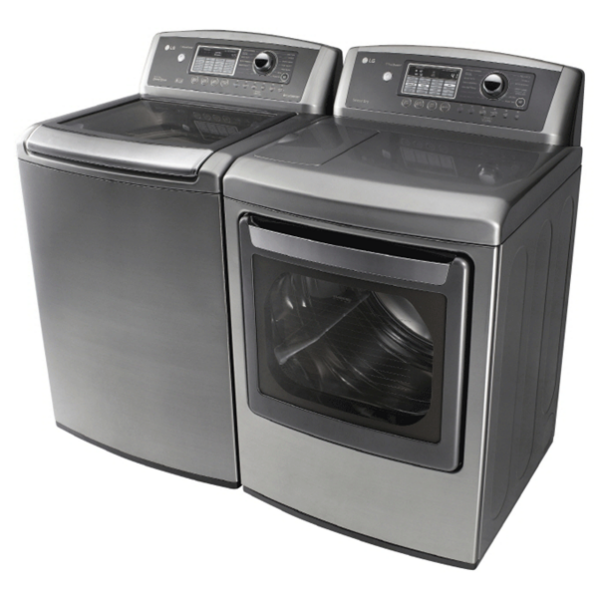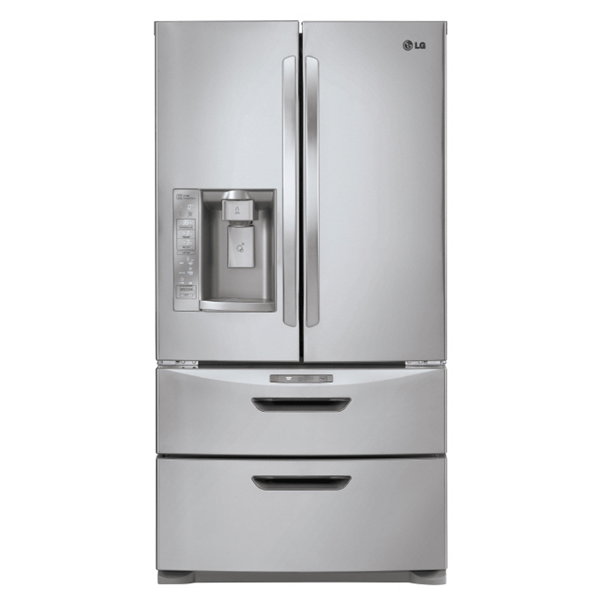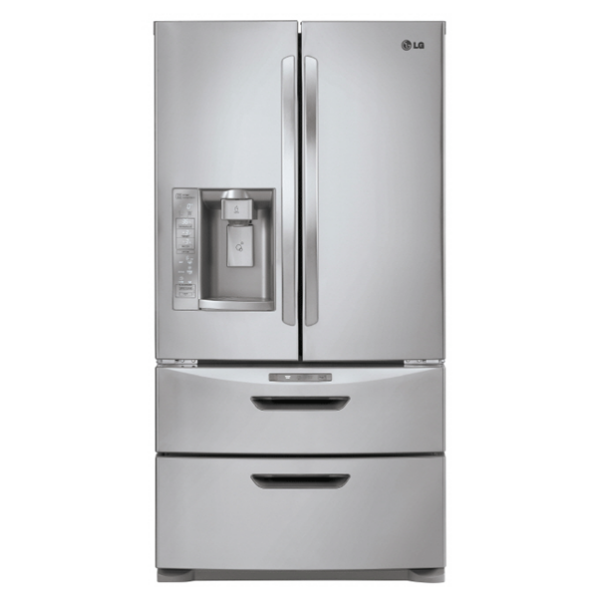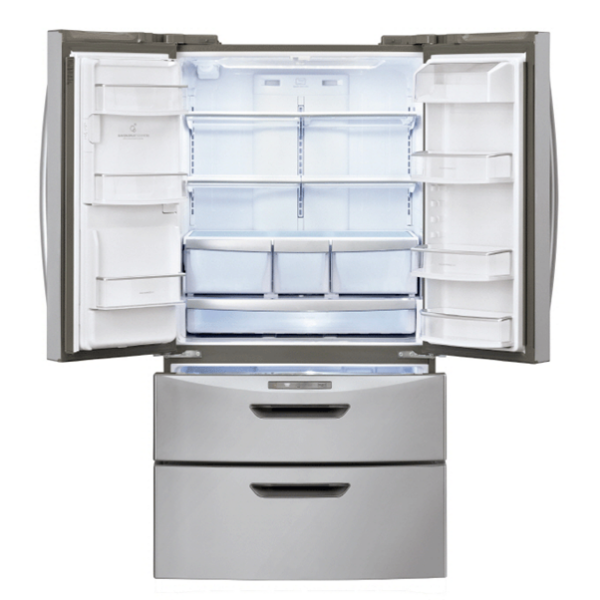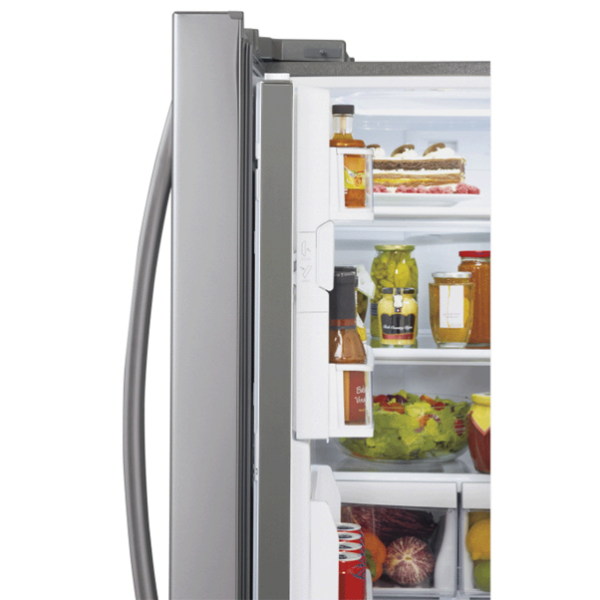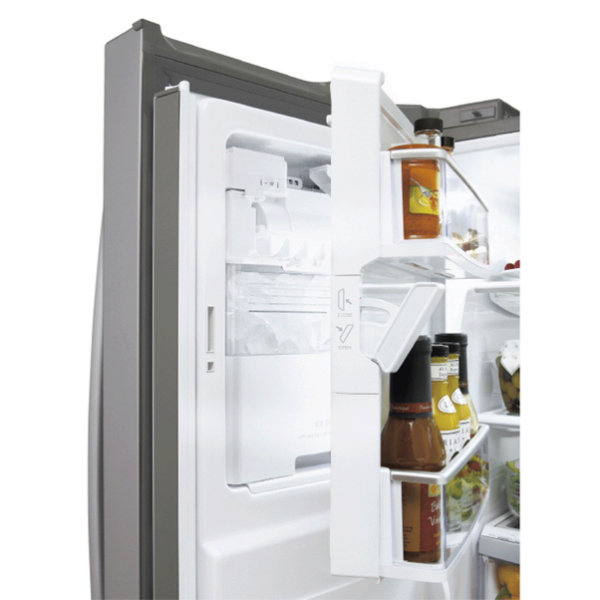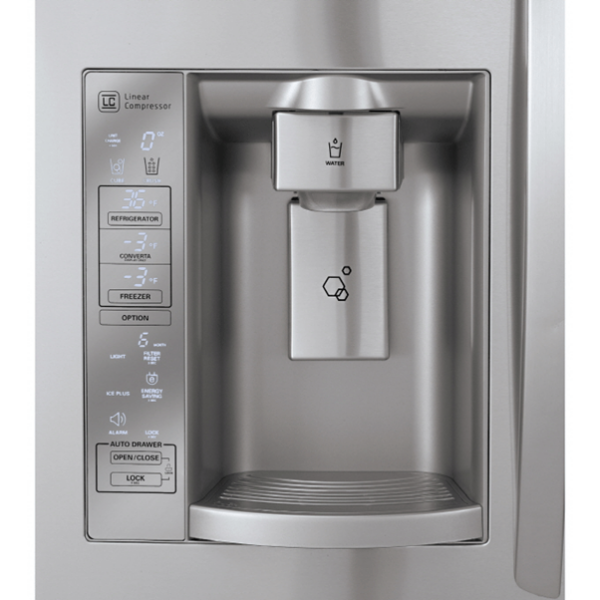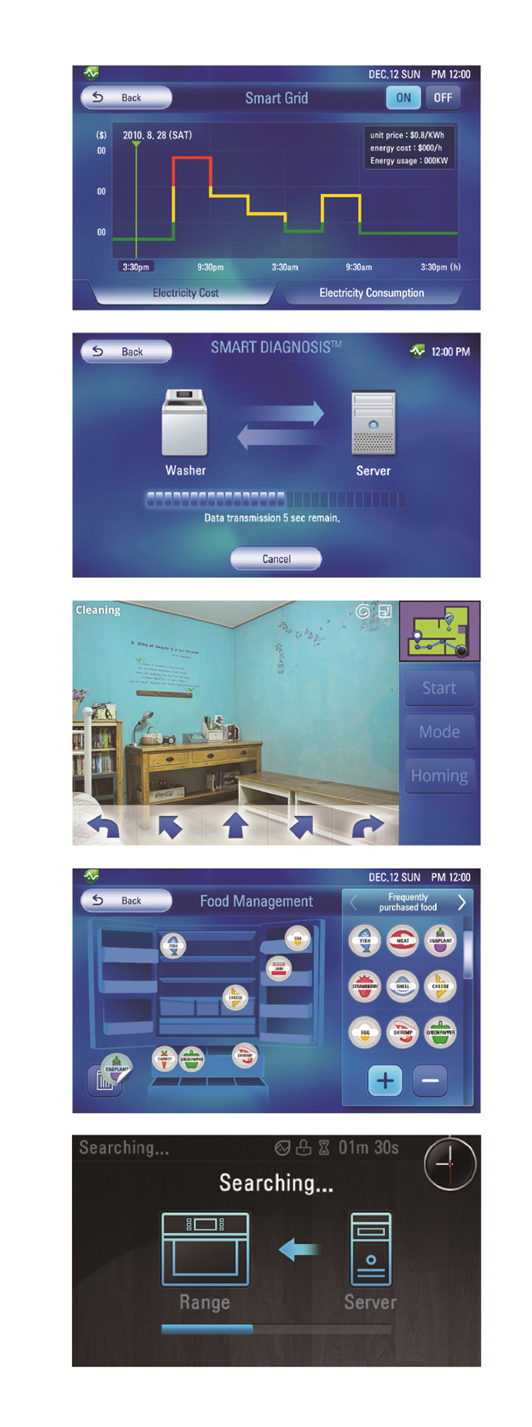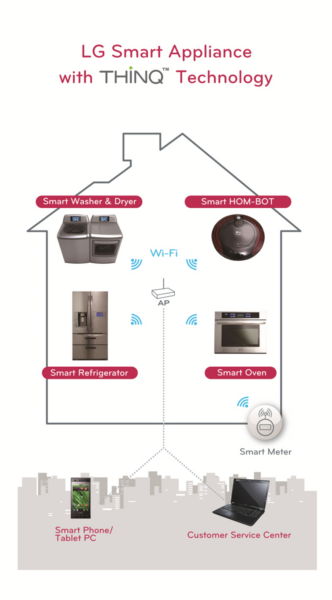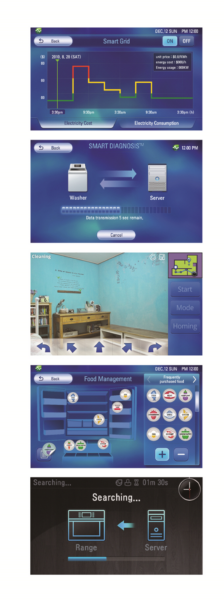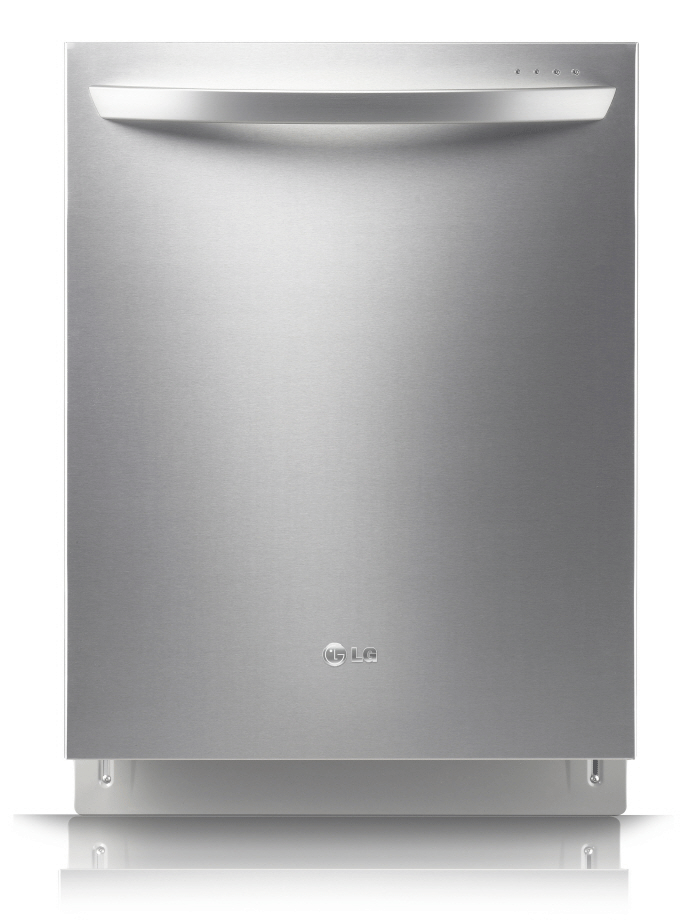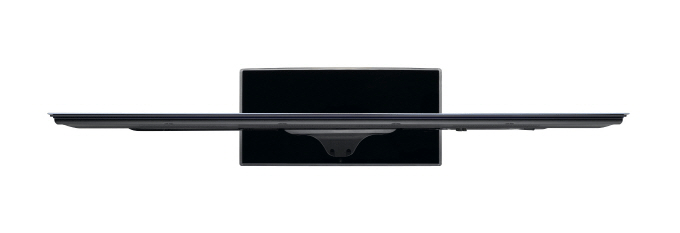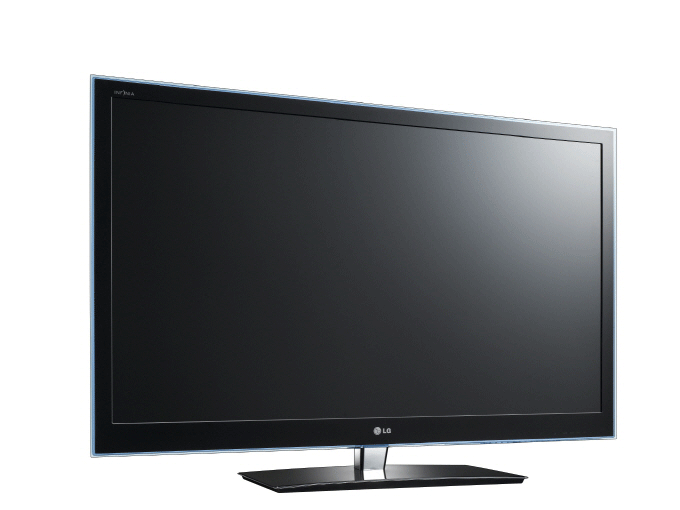Company Also Shows Prototype Mobile DTV Smartphone
That Eliminates Coupon Clipping
LAS VEGAS, Jan. 5, 2011 -– The first mobile digital TV that displays three-dimensional (3D) images broadcast via the ATSC Mobile Digital Television Standard is being demonstrated by LG Electronics at the 2010 International CES® here this week. The prototype 7-inch receiver is designed with auto-stereoscopic capability that eliminates the need for special viewing glasses to see stunning 3D TV images.
In addition, to show how local TV broadcasters can now offer more than just linear TV channels, LG Electronics is showing its first Android-enabled smartphone prototype equipped with Mobile Digital TV (MDTV) reception, which offers conditional access functionality for future subscription broadcasts and the capability of receiving “non-real time” data such as electronic coupons.
The demonstrations are made possible through a cooperative effort with Harris Corporation, which has developed the necessary MDTV transmission equipment, and local DTV broadcasters KLAS-TV, 8 News NOW in Las Vegas, and Vegas PBS Channel 10. Roundbox, a leading mobile software provider, is providing non-real time data services that power the Smartphone coupon application, as well as the Electronic Services Guide (ESG) for both innovative applications for ATSC MDTV.
“The ATSC Mobile DTV standard offers broadcasters remarkable flexibility to address the changing demands of consumers and advertisers,” said Dr. Skott Ahn, president and chief technology officer, LG Electronics, Inc. “As broadcasters continue their national rollout of Mobile DTV, LG is proud to lead the transition with the latest innovations in mobile DTV services like 3D and non-real-time applications.”


Glasses-Free 3D Mobile DTV
In the Las Vegas demonstration, PBS Channel 10 (RF channel 11) is the first U.S. broadcast station to transmit 3D images via the ATSC Mobile DTV Standard. Receiving the signal is LG’s prototype receiver built around the LG2161 demodulator chip and LG-exclusive 3D formatting circuitry that combines the side-by-side left and right images for seamless viewing without the need for 3D eyewear commonly used for 3D TVs.
The seven-inch barrier-type LCD display shows lifelike 3D images that appear to jump right off the screen. With its built-in antenna, the device also receives conventional 2D 416×240 resolution MDTV broadcasts and scales images up to 800×480 resolution. It also functions as an attractive digital photo frame when not being used as a Mobile DTV receiver.
“Broadcasting 3D mobile DTV shows television stations how flexible the ATSC Mobile DTV standard is and, perhaps more importantly, shows retailers and consumers a cool new application for mobile DTV,” said Jay Adrick, vice president of broadcast technology, Harris Corporation, which co-developed the ATSC MDTV standard with LG Electronics and Zenith.
Electronic Coupons from your Smartphone
Non-real time services such as electronic couponing and video-on-demand are made possible by the versatile ATSC Mobile Digital TV standard now being deployed by broadcasters throughout the U.S. KLAS-TV 8 (RF channel 7) is transmitting digital coupons for electronics stores and restaurants during CES.
“Software advances are helping to drive exciting new applications like non-real-time mobile DTV broadcasts,” said Peter Mataga, chief technology officer at Roundbox. “LG’s latest smartphone mobile DTV prototype is the first to show how electronic coupons can be delivered by local broadcasters. It’s especially significant that Roundbox and LG have achieved interoperability in a way that conforms to the new ATSC Non-Real-Time Content Delivery Candidate Standard.”
The smartphone prototype is LG’s first full-touch CDMA device with built-in Mobile DTV circuitry. Running the Android 2.2 (Froyo) operating system and LG’s second-generation MDTV chip, the fully-featured Smartphone includes a 3.2” HVGA screen, 3 megapixel camera, GPS and Wi-Fi capability, and other features such as an accelerometer, digital compass, and ability to play back a variety of audio and video codecs.
Chips Available for Portable Device Manufacturers
Co-developer of the technology at the heart of the ATSC Mobile DTV Standard, LG Electronics is producing the critical component for Mobile DTV reception –- the LG2161R single chip design that includes both the tuner and demodulator in a tiny seven-by-seven millimeter square package. This key component of mobile DTV receivers already can be found in a variety of new products being introduced by various manufacturers this year for mobile DTV, from laptop USB accessory receivers to prototype netbooks with integrated mobile DTV tuners.
Standardized by the Advanced Television Systems Committee and formally adopted as the ATSC Mobile DTV Standard, the new technology allows broadcasters to use a portion of the existing 19.4 Megabit-per-second DTV channel capacity to transmit data with extremely robust characteristics suitable for mobile, pedestrian and handheld applications. The mobile DTV signal is also compatible with 8-VSB DTV, which was also developed by Zenith, LG’s U.S. research and development lab.
# # #

